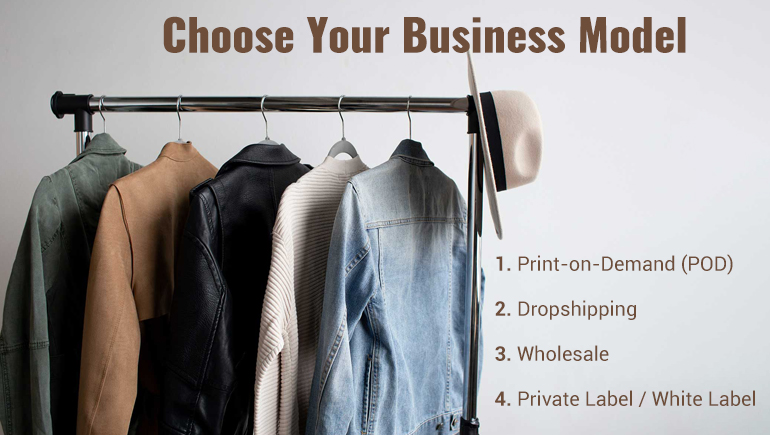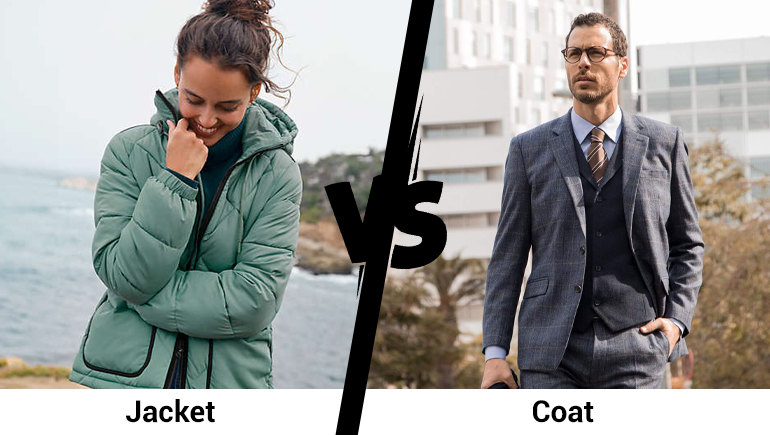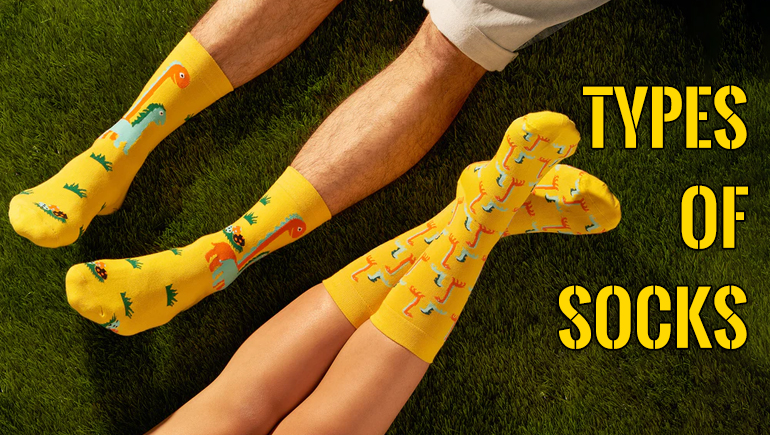
Dreaming of starting an apparel brand from designing unique gents' and ladies' dresses to managing clothing assembly, sourcing apparel manufacturers, and finally launching your own fashion line? Your dream can come true.
The global apparel industry is growing with a market size of $1.84 trillion in 2025. It is expected to reach $2.0 trillion by 2028. Now is a great time to enter the fashion industry and make your mark.
Look, I get it. You have got sketches in a notebook, ideas in your head, and a fire in your gut. You can launch a fashion brand company with:
No factory. No inventory. No experience required.
Whether you want to create a simple women's clothing brand at a low cost or a bold streetwear label, this guide will explain how to start a clothing brand in 2025 by following 10 easy steps. Get ready to learn pro tips on the whole process. Here you go!
The fashion market is crowded. Before sketching a single outfit, you should know who you are designing for. You must know your audience.
Ask yourself if you want to create a low-cost brand's clothing line or a premium fashion brand. Do you plan on investing in the ladies' dress business or athleisure? Who is your ideal customer and what are their style preferences or shopping habits?
Understand your niche first. It can help you design and create clothes that resonate with your audience.
Pro Tip: Search Google Trends for “ladies dress business” or “simple women's clothing brand” to see regional demand.
A solid business plan for a fashion line keeps you on track. It should include:
Whether you are starting a DIY clothes line or a fashion brand company, this plan is your roadmap to success.

Your unique brand name and beautifully designed logo are your first impression. Make them count.
Core Tips for Naming are:
Pro Tip: Test your name with friends or through social media polls.
Now comes the fun part: designing clothes. It’s simple and easy!
Quick idea: Start with simple clothing, wide-leg pants, or oversized shirts.
Now it’s time to make your clothes real.
Pro Tip: Always order a sample before bulk production.

Your business model determines how you make, sell, and scale. Four types of business models are here:
A business model in which clothing items are only created when a customer places an order. This eliminates the need for businesses to hold inventory. It allows businesses to sell personalized apparel with minimal upfront costs and risk. Partner with a POD service provider to start selling clothes with your unique designs.
An e-commerce business model to sell clothes online without needing to handle inventory or shipping yourself. You partner with a third-party supplier who handles inventory, packaging, and shipping. You act as a middleman and work on marketing and sales while the supplier manages the logistics. It is an economical and less risky way to launch a brand without managing logistics.
A business practice of selling garments in large quantities at a lower price per unit. You just buy clothing items in bulk from manufacturers or suppliers at a reduced price. After a purchase, you sell them individually at a higher retail price. It requires more upfront investment but gives you higher profit margins and control over product quality and branding. You manage inventory, storage, and shipping yourself.
Private label is also known as white label. You buy unbranded clothes in bulk from a manufacturer and add your own brand logo and custom packaging. Clothes are already made. So, you just sell them on your own. Offers more control over branding and pricing. A moderate startup cost and inventory management are required.
Best for Beginners: Start with POD to test designs before scaling.
Read Also: A Step-by-Step Plan to Launch a Successful Kidswear Line in 2025
Your apparel business needs a solid online presence.
Pro Tip: Use premium-quality photos of real models.
Your logo is the visual voice of your clothing brand.
Every creative and best design for clothing items needs visibility. Use the most effective marketing techniques to strengthen your brand image.

The final step to launching a clothing brand. It's time to go live now.
Want to keep costs low on starting a clothing brand? Try this:
Ideal for students, moms, or side hustlers, looking to run a DIY clothes line.
Starting a clothing brand is no longer challenging. Just requires a little effort. You can establish a thriving apparel business with:
Ready to begin? Go ahead and start today. Focus on captivating design to grow your clothing brand. Build a stronger online presence through social media to connect with your audience. Need help launching your line? Reach out to VEL Clothing at sales@velclothing.com for sourcing support or personalized consulting.



